Compressed air gases are widely used in industries and workplaces, from powering tools and machinery to supporting vital operations in construction, manufacturing, and healthcare. Their versatility makes them indispensable, but it also makes them dangerous if not handled with care. High pressure, leaks, and improper use can quickly turn routine tasks into serious accidents.
That's why we've put together these 10 essential safety tips for handling compressed air gases to help you protect people, equipment, and productivity.
Compressed Air Gases
Compressed air gases are gases stored under high pressure in cylinders or tanks for industrial, medical, and commercial use. They are a driving force behind many modern operations, powering pneumatic tools in construction, running automated systems in manufacturing, assisting in patient care within healthcare facilities, and enabling precise experiments in laboratories.
Types of Compressed Gases
- Compressed Air: Widely used for powering tools, cleaning, and industrial processes.
- Oxygen (O₂): Essential in healthcare, welding, and combustion processes.
- Nitrogen (N₂): Common in food packaging, electronics, and labs for creating inert environments.
- Carbon Dioxide (CO₂): Used in fire extinguishers, beverage carbonation, and welding.
- Specialty Gases: Customized mixtures (e.g., argon, helium, acetylene) for research, manufacturing, and specialized industries.
Importance of Handling Compressed Air Gases
Compressed air gases are often called the "fourth utility" after electricity, water, and natural gas because they power countless industrial and workplace processes. From running pneumatic tools and spray systems to supporting medical procedures and laboratory operations, compressed gases are vital for efficiency and productivity.
However, the same pressure that makes them powerful also makes them dangerous if misused. Mishandling cylinders, ignoring safety checks, or storing them incorrectly can lead to leaks, fires, explosions, or even life-threatening injuries. For businesses, improper handling not only risks worker safety but also causes costly downtime, equipment damage, and legal liabilities.
Proper handling ensures:
- Worker Safety: Preventing injuries from leaks, frostbite, or pressure accidents.
- Operational Reliability: Keeping tools, machines, and processes running smoothly.
- Compliance: Meeting OSHA, ISO, and local safety regulations.
- Cost Savings: Reducing equipment wear, energy waste, and accident-related expenses.
In short, handling compressed air gases correctly is not just a safety measure; it's an investment in workplace efficiency, legal compliance, and human well-being.
10 Essential Safety Tips for Handling Compressed Air Gases
When dealing with compressed air gases, even the slightest mistake can lead to serious injuries, equipment damage, or costly downtime. Most accidents are preventable if you follow simple, proven safety measures. Below are 10 essential tips every worker, supervisor, and employer should practice daily to keep operations safe and efficient.
1. Always Store Cylinders Upright
Compressed gas cylinders must always be stored in a vertical, upright position and secured with chains, straps, or cylinder stands. This prevents them from tipping over, which could damage the valve or cause the cylinder to become a dangerous projectile under pressure.
Storing cylinders upright also ensures that safety devices, such as pressure relief valves, function correctly. When cylinders are laid on their side, liquid gases can leak or escape unexpectedly, creating both health and fire hazards.
Best Practice:
- Keep cylinders upright and secured to a wall, rack, or cart.
- Use protective caps when cylinders are not in use.
- Never stack or store cylinders horizontally.
By following this simple rule, you reduce the risk of leaks, damage, and accidents in the workplace.
2. Check Labels and Color Codes Before Use
Never rely on cylinder shape, size, or color alone to identify what's inside. Every compressed gas cylinder comes with a label and standardized color code, which clearly indicate the type of gas and its potential hazards. Ignoring these details can lead to serious mistakes, like connecting oxygen instead of nitrogen, or even deadly accidents if a toxic or flammable gas is mishandled.
Why It Matters:
- Prevents accidental use of the wrong gas.
- Ensures compliance with safety standards.
- Helps workers quickly recognize flammable, toxic, or inert gases.
Best Practice:
- Read the label carefully before connecting any cylinder.
- Make sure color codes match the gas type (e.g., oxygen = green/white, nitrogen = black/blue, depending on country standards).
- If a cylinder's label is missing or unreadable, do not use it, return it to the supplier immediately.
By taking a few seconds to check labels and color codes, you protect both people and equipment from avoidable risks.
3. Never Use Oil or Grease on Valves
Compressed gas valves and regulators should never come into contact with oil, grease, or other flammable substances. This rule is especially critical with oxygen cylinders, because oxygen reacts violently with hydrocarbons. Even a slight trace of grease on a valve can cause a sudden fire or explosion when the valve is opened.
Why It Matters:
- Prevents dangerous chemical reactions that can ignite under pressure.
- Protects valves and regulators from contamination.
- Keeps workplaces compliant with safety standards such as OSHA and ISO.
Best Practice:
- Keep hands, gloves, and tools clean and free of oil or grease before handling valves.
- Use only manufacturer-approved lubricants (non-flammable, oxygen-safe) if absolutely required for fittings.
- Train workers to recognize why this rule is non-negotiable.
- Immediately clean and tag any contaminated cylinder for safe return to the supplier.
4. Inspect Equipment Regularly
Compressed air systems operate under high pressure, which means even the slightest fault in valves, hoses, or regulators can turn into a significant hazard. A worn-out regulator, a cracked hose, or a loose connection may not seem serious at first—but under pressure, these weaknesses can lead to leaks, sudden bursts, or even equipment failure.
Why It Matters:
- Leak Prevention: Small leaks waste gas, raise costs, and can cause oxygen enrichment or displacement of breathable air.
- Accident Reduction: Early detection of faults reduces the risk of explosions, fires, and worker injuries.
- Operational Efficiency: Well-maintained equipment performs reliably, avoiding costly downtime.
Best Practice:
- Perform a visual check before every use—look for cracks, corrosion, or signs of wear.
- Use soapy water on joints and valves to detect leaks—never test with open flames.
- Ensure regulators are calibrated and gauges are functioning correctly.
- Schedule periodic professional maintenance to catch hidden issues.
- Immediately replace or repair damaged components instead of relying on "temporary fixes."
5. Wear the Right Personal Protective Equipment (PPE)
Working with compressed air gases exposes workers to multiple risks, high-pressure releases, cold burns from escaping gas, flying debris, and even hearing damage from sudden blasts. That's why wearing the correct PPE (Personal Protective Equipment) is non-negotiable.
Why It Matters:
- Protects eyes, skin, and ears from sudden leaks or pressure bursts.
- Reduces the severity of injuries in case of accidents.
- Reinforces a safety culture where workers are always prepared.
Best Practice:
- Gloves: To protect against frostbite, cold burns, and cuts from sharp edges.
- Safety Goggles or Face Shields: To shield eyes from flying particles or gas jets.
- Hearing Protection: In noisy environments where compressed air systems operate.
- Protective Clothing & Footwear: Flame-resistant overalls and steel-toe boots for high-risk areas.
- Ensure PPE is regularly inspected, well-fitted, and replaced when worn out.
6. Open Valves Slowly and Carefully
Compressed gas cylinders hold gases under extremely high pressure. If the valve is opened too quickly, the sudden surge can damage regulators, rupture hoses, or cause the cylinder to jerk violently. In some cases, especially with oxygen cylinders, a rapid release can even lead to fire or explosion.
Why It Matters:
- Prevents sudden pressure shocks that can harm equipment.
- Reduces the risk of injuries from unexpected bursts of gas.
- Ensures regulators and gauges function properly without overload.
Best Practice:
- Stand to the side of the valve (not directly in front) when opening.
- Turn the valve handle slowly and gradually, allowing pressure to build steadily.
- For oxygen and other reactive gases, open valves no more than one complete turn unless otherwise specified by the manufacturer.
- Never use force. If a valve is stuck, report it and do not attempt to fix it yourself.
7. Keep Cylinders Away from Heat Sources
Compressed gas cylinders are designed to handle high pressure, but when exposed to heat, the pressure inside rises rapidly. If the cylinder overheats, it can rupture or explode, turning it into a deadly projectile. Even without an explosion, heat can weaken valves, seals, and regulators, causing dangerous leaks.
Why It Matters:
- Prevents explosions caused by rising internal pressure.
- Protects valves and regulators from heat-related damage.
- Ensures the stability and integrity of the cylinder.
Best Practice:
- Store cylinders in a cool, dry, and well-ventilated location.
- Keep them away from furnaces, welding stations, direct sunlight, or any open flames.
- Use fire-resistant barriers if cylinders must be near heat-producing equipment.
- Regularly monitor storage areas to ensure temperatures remain safe.
- In hot climates, consider shaded outdoor storage with proper ventilation.
8. Transport Cylinders Safely
Moving compressed gas cylinders may seem simple, but improper handling during transport is one of the most common causes of accidents. Cylinders are heavy, awkwardly shaped, and under extreme pressure; if they fall or valves get damaged, the cylinder can turn into a rocket-like projectile.
Why It Matters:
- Prevents injuries from falling or rolling cylinders.
- Protects valves and regulators from impact damage.
- Reduces the risk of leaks, fires, or explosions during handling.
Best Practice:
- Always use a cylinder cart or trolley with proper restraints, never drag, slide, or roll a cylinder on the ground.
- Ensure valve protection caps are in place before moving.
- Keep cylinders upright and secure during transport.
- Avoid lifting cylinders by their valve or regulator; use proper lifting equipment if needed.
- When transporting in vehicles, secure cylinders to prevent shifting or tipping.
9. Train Workers and Refresh Knowledge Regularly
Even the best safety equipment can't protect workers who don't know how to use it. Training is the backbone of safe handling practices for compressed air gases. Workers must understand not only how to operate cylinders and regulators but also how to recognize hazards, respond to leaks, and follow emergency procedures.
Why It Matters:
- Ensures consistent, safe handling practices across the workplace.
- Reduces accidents caused by human error or lack of awareness.
- Builds a safety-first culture where workers look out for one another.
Best Practice:
- Provide comprehensive training for all new employees handling compressed gases.
- Conduct regular refresher courses to keep knowledge up to date.
- Include hands-on practice with equipment, not just classroom instruction.
- Educate workers on regulatory standards (e.g., OSHA, ISO) and company policies.
- Encourage a "speak up" culture where employees report hazards or unsafe practices without hesitation.
10. Have an Emergency Plan in Place
Even with strict precautions, accidents involving compressed air gases can still happen. A sudden leak, fire, or valve failure may escalate quickly if workers don't know how to respond. That's why every workplace using compressed gases must have a clear, well-communicated emergency response plan.
Why It Matters:
- Minimizes the impact of leaks, fires, or gas releases.
- Ensures workers know precisely what to do in high-stress situations.
- Saves lives by reducing confusion and panic during emergencies.
Best Practice:
- Establish written emergency procedures for leaks, fires, and accidental exposures.
- Clearly mark evacuation routes and conduct regular drills.
- Provide first aid training for gas-related injuries, such as frostbite or inhalation.
- Ensure workers know how to shut off valves safely if conditions allow.
- Post emergency contacts and instructions in visible areas near storage and work zones.
Conclusion
Compressed air gases are potent tools that drive industries, healthcare, and countless workplace operations. But with that power comes risk, leaks, explosions, frostbite, and even life-threatening injuries if safety is overlooked. By following these 10 essential safety tips for handling compressed air gases, from proper storage and inspection to worker training and emergency planning, you create a safer environment for everyone.
Safe handling isn't just about compliance; it's about protecting people, preserving equipment, and keeping operations running smoothly. Make safety a daily habit, and you'll not only prevent accidents but also build a stronger culture of responsibility in the workplace.
Always remember that when it comes to compressed air gases, a few minutes of prevention can save lives, time, and resources.



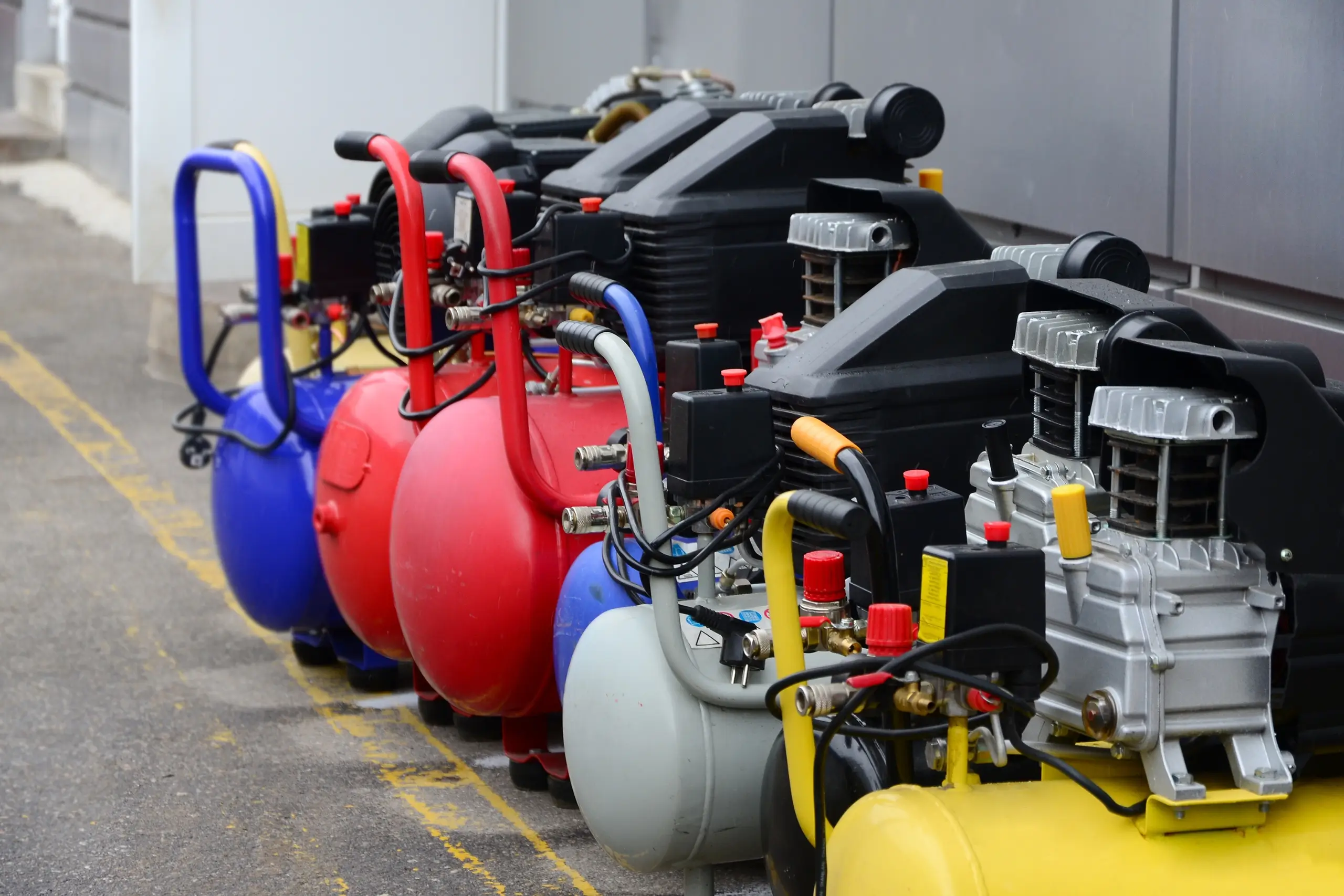





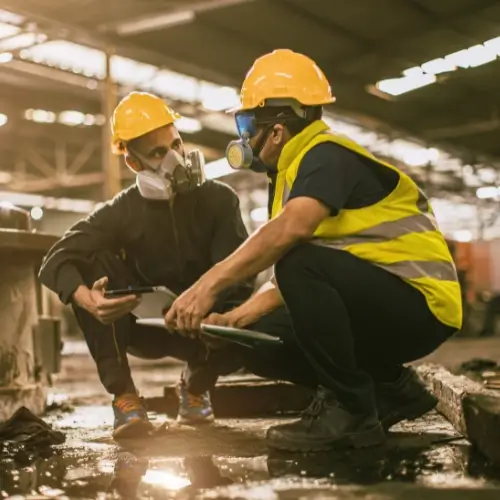
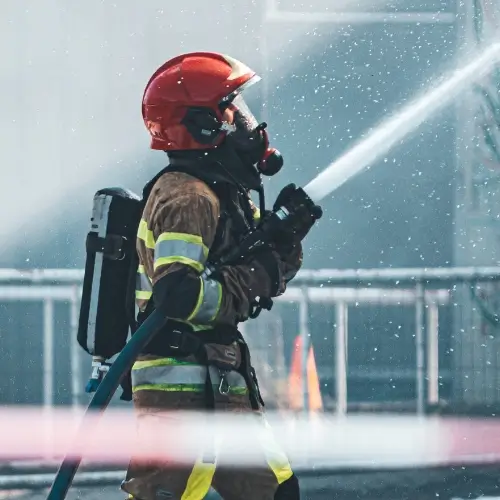



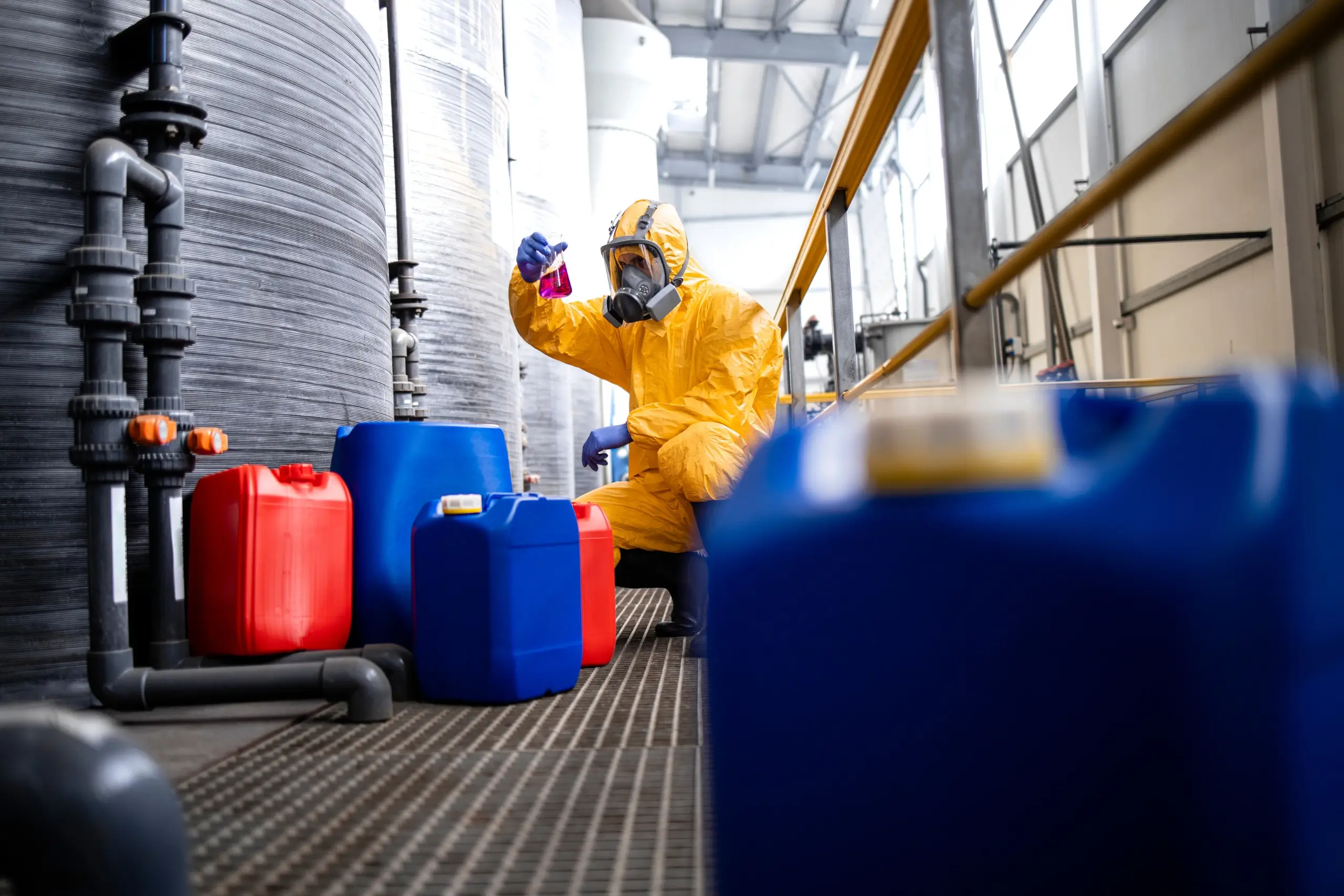

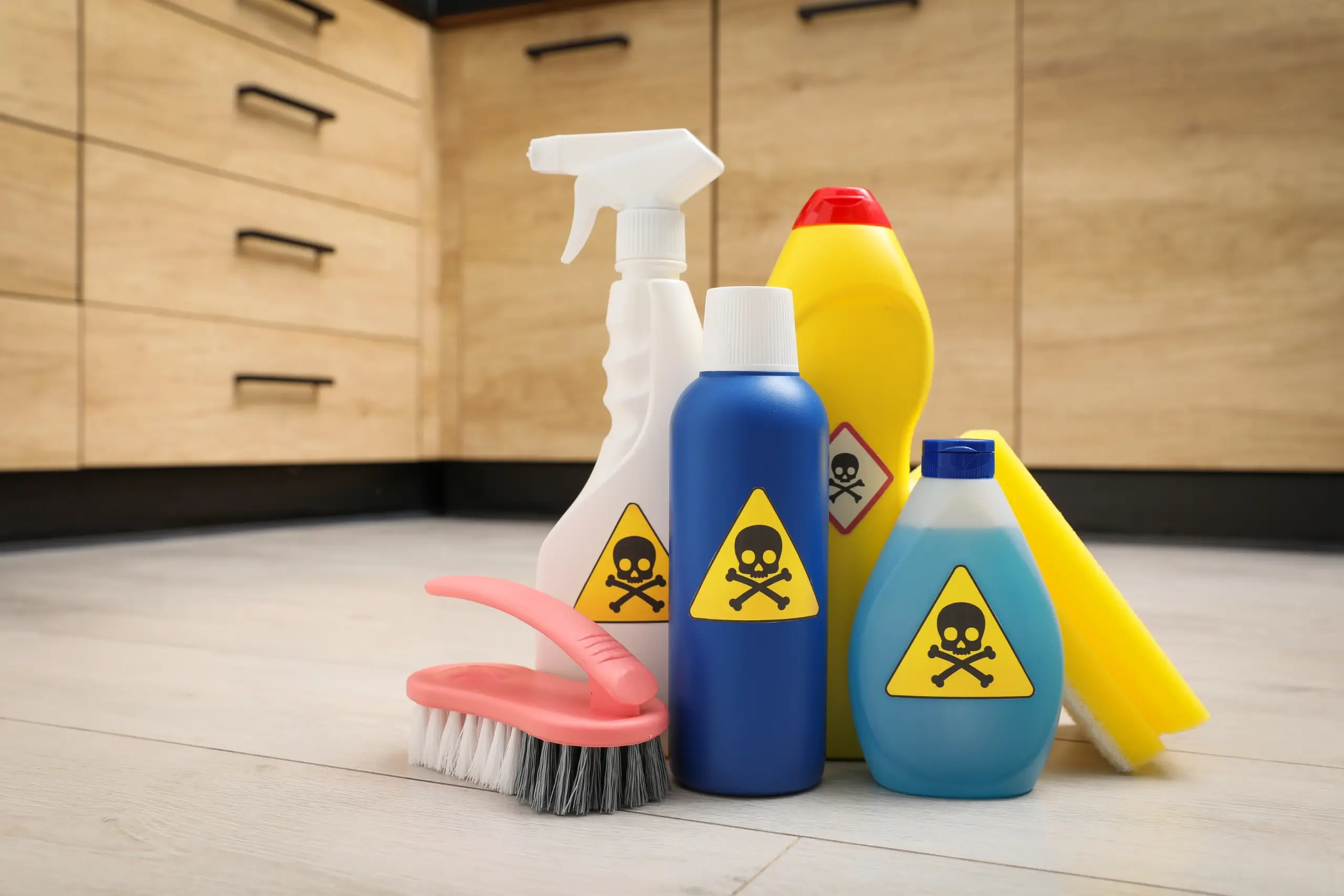

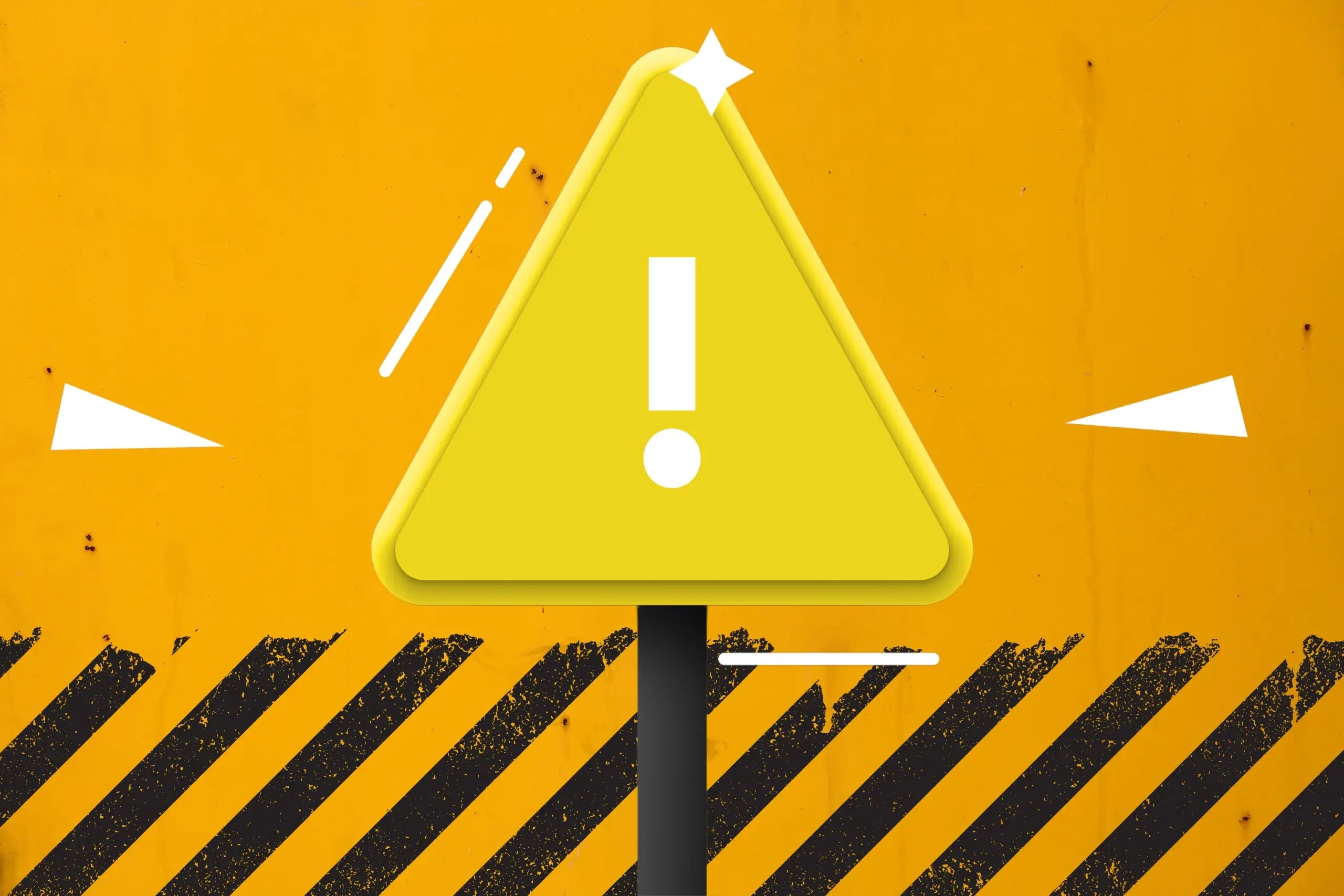



Discussion & Comments